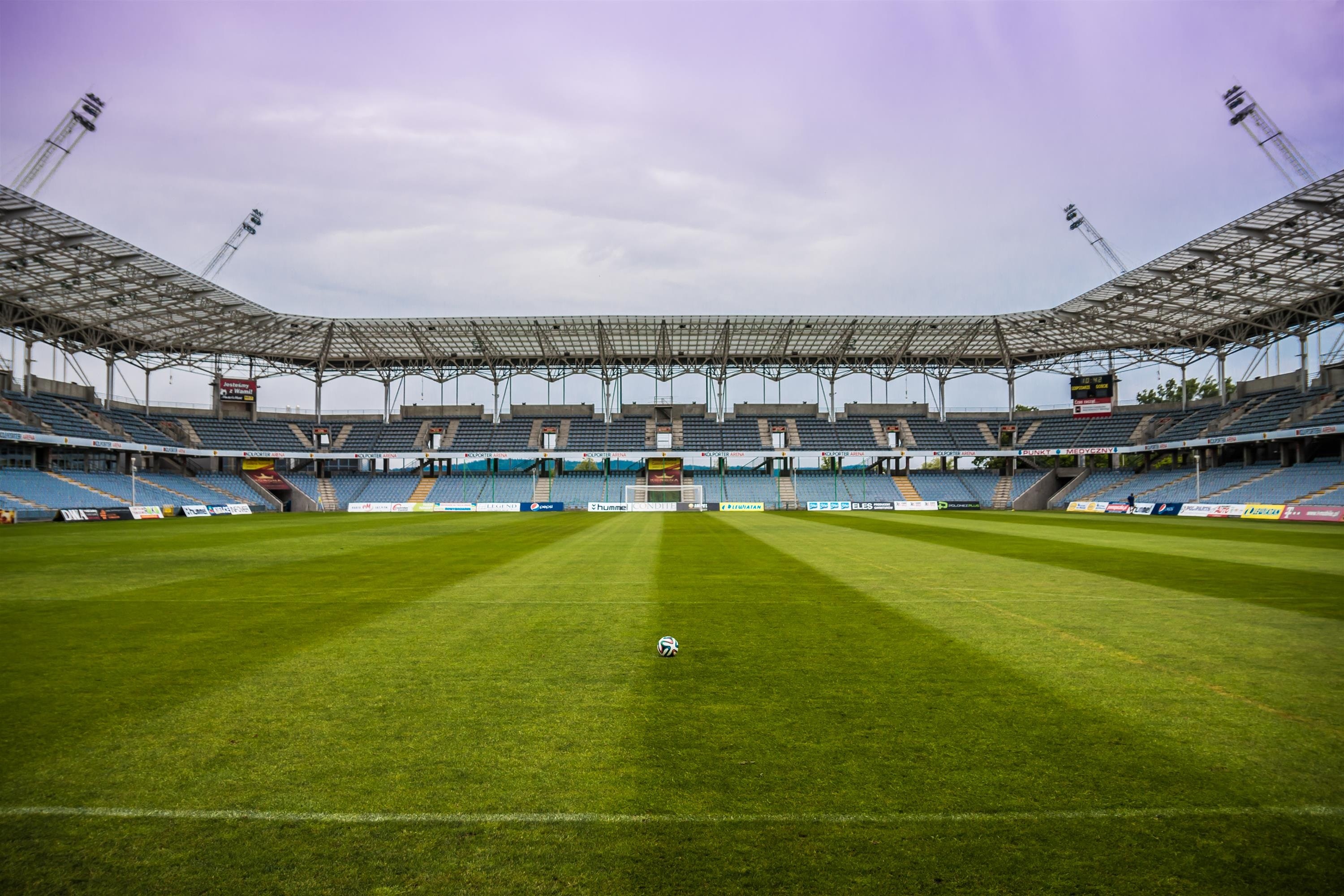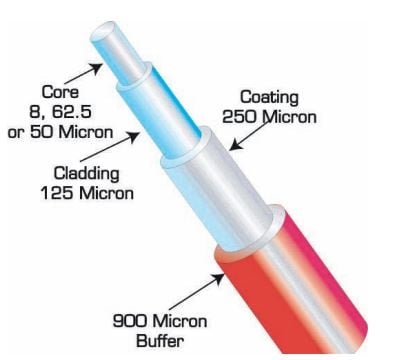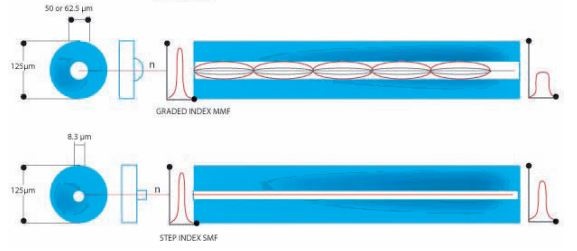The entertainment industry is changing to accommodate people's expectations as they become more connected to devices. As technology advancements taking place in the broadcast industry give users a more impactful, unforgettable experience. It also places a large demand for a wired infrastructure because of the amount of data and people connecting to networks. Similar to stadiums, the growing demand for bandwidth in the broadcasting market will continue to increase.
As a result, the broadcast industry will begin to rely heavily upon fiber for its dependable wireless connectivity. Fiber can provide faster downloads, maintain signal strength over long distances, and provides fewer delays.
Topics: Fiber Optics Assemblies, Fiber Optic Cable, Fiber Optics, Fiber, Fiber Optic, Pre-Terminated Fiber Optic Assemblies
This year's winter weather has been far from pleasant from coast-to-coast thus far. With the polar vortex that took place in January and high speed winds, there have been many power outages, cabling issues and more. With frigid temperatures and a record low of -50 degrees in certain parts of the country, how does this affect our cabling, especially fiber optic cable?
Topics: Fiber Optic Cable, Fiber Optics, Fiber, Fiber Optic
There has been a big change in the AV industry from the standard coax cables to networking cable solutions, known as category cables. Although Category 5 cables are still heavily used, many growing businesses are looking into faster solutions with Cat 6, Cat 6A Cat 7 and Fiber Optic cabling.
In this article, we will compare the differences between Cat 6, Cat 6A and Fiber Optic cable so that you can best decide what will suit your customers and business in the evolving AV industry.
Topics: Category Cable, Category 6A Cable, Fiber Optic Cable, Fiber Optics, Fiber
Fiber optic cables have many advantages over traditional copper cables to help with ease of installation. When fiber optic cabling is discussed other terms such as attenuation rates and wavelengths are mentioned to understand how light effectively transmits through the cable.
We examined discussed in length about fiber optics in previous blog posts, but in this particular article, we will dig deeper into wavelengths and how they affect the strength of the fibers.
Topics: Low Voltage Cables, Fiber Optic Cable, Fiber, Fiber Optic Connector, Fiber Optic
Fiber optic cable continue to integrate and revolutionize the spectrum of the cable capabilities in varying industries and will continue to trend forward. Although most understand standard copper cable more, fiber is the cleanest and faster for transmitting communication and data signals. It also can offer the highest capacity of connection for any network.
Topics: Low Voltage Cables, Fiber Optics Assemblies, Fiber Optic Cable, Fiber, Fiber Optic
Fiber optic cable has the ability to provide any business with safe, fast installations with higher bandwidth frequencies. In order to understand what fiber optic cable can do for your business or home, it's important to understand the basic construction.
Topics: Fiber Optic Cable, Fiber, Fiber Optic, cable construction
Fiber Optic Technology offers numerous benefits compared to traditional Copper Cable. In order to understand the benefits, it is pertinent to knowing the differences between these Fiber Optic Cables and essentially, how they could help or harm the data transmission for your business.
The following article will explain the differences between both single-mode and multi-mode Fiber Optic Cables and how they can be utilized to improve bandwidth and signal communication.
Topics: Fiber Optic Cable, Fiber, Signal Management, Single-mode, Multi-Mode








